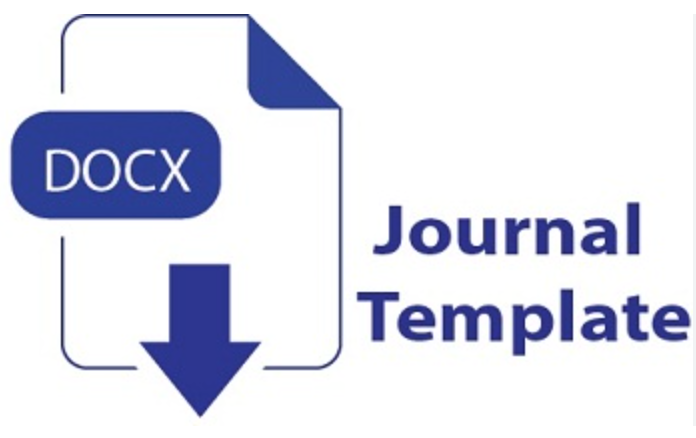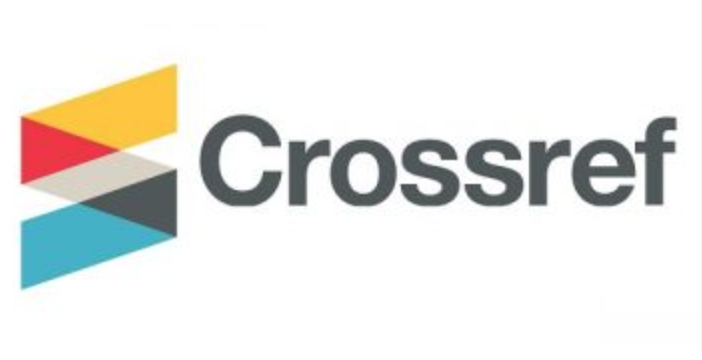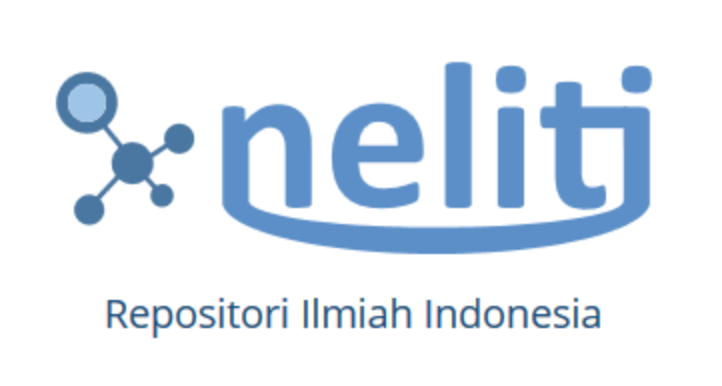DORONGAN PSIKOLOGIS PADA PENGGUNA TUTURAN SUMPAH SERAPAH
Abstrak
This study examines the psychological motivations behind the use of profane language in everyday communication, specifically among the Pidie community. Although often perceived as offensive, profane language can serve as a means of emotional expression, stress relief, and social identity reinforcement. A qualitative approach was employed to explore the psychological, social, and cultural factors influencing the use of profane language. Data were collected through in-depth interviews, participatory observation, and document analysis, including social media comments. The findings indicate that profane language is used to vent anger, demonstrate courage, or respond to perceived injustice. This phenomenon is also shaped by cultural norms that encourage open emotional expression. On social media, the use of profane language increases in contexts involving socio-political issues, such as dissatisfaction with government policies or economic challenges. Social media provides individuals with a platform to express emotions anonymously.
However, excessive use of profane language can have negative consequences, such as deteriorating social relationships and escalating conflicts. This study highlights the importance of adopting more constructive communication strategies to manage emotions and dissatisfaction. The findings contribute to the fields of communication and social psychology and provide a foundation for improved digital literacy education.
Keywords: profane language, psychological motivations, emotional expression, culture, social media.
Teks Lengkap:
PDFReferensi
Harun, M., Junaidi, J., & Fajrina, D. (2019). Taboo Language on Physical and Mental Limitations in the Pidie Raya Community. English Education Journal, 10(4), 321-342.
Junaidi, J., & Wardani, V. (2019). Konteks Penggunaan Bahasa Tabu Sebagai Pendidikan Etika Tutur Dalam Masyarakat Pidie. Jurnal Serambi Ilmu, 20(1), 1-18.
Kurylo, D. D. (2006). Effects of aging on perceptual organization: Efficacy of stimulus features. Experimental Aging Research, 32(2), 137-152.
Naidi, J., Rokhman, F., & Yuniawan, T. (2023). BAHASA DALAM FILOSOFI PERSONAL BERDASARKAN PERSPEKTIF MIGUEL DE UNAMUNO Y JUGO. Jurnal Psiko-konseling, 1(2), 92-99.
Riana, T. P. (2020). Pelaksanaan Client Centered Therapy Dalam Meningkatkan Kepercayaan Diri Anak Korban Kekerasan Keluarga Di Lembaga Perlindungan Anak (Lpa) Provinsi Lampung (Doctoral dissertation, UIN Raden Intan Lampung).
Rosyidi, H. (2012). Psikologi kepribadian: paradigma psikoanalisa.
Rukin, S. P. (2019). Metodologi penelitian kualitatif. Yayasan Ahmar Cendekia Indonesia.
RUPA, J. I. S. (2011). RUPA.
Santoso, A. (2021). Mengontrol emosi menjadi seni: ekhprasis tulisan emosi.
Suls, J., Lauwers, E., Gumbrecht, W., Maes, D., Gielen, G., & Sansen, W. (2001). A CMOS multiparameter biochemical microsensor with temperature control and signal interfacing. IEEE Journal of solid-state circuits, 36(12), 2030-2038.
Tannen, D. (1990). Gender differences in topical coherence: Creating involvement in best friends' talk. Discourse processes, 13(1), 73-90.
Usman, H. (2015). Model kepemimpinan instruksional kepala sekolah. Jurnal Cakrawala Pendidikan, 34(3).
Wardani, V., Mujiburrahman, M., Junaidi, J., Usman, U., & Kamil, A. I. (2023). Language Taboos in Social Activities of the Acehnese Community. Andalas International Journal of Socio-Humanities, 5(2), 66-74.
Refbacks
- Saat ini tidak ada refbacks.





